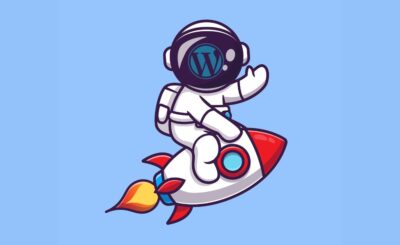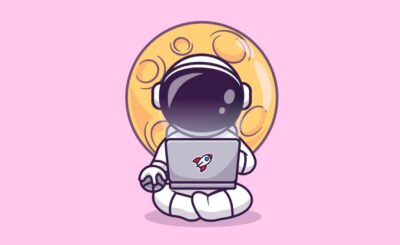In the fast-evolving world of web development, the demand for versatile professionals who can handle both the front-end and back-end aspects of a website or application is on the rise. These versatile developers are known as full-stack developers, and they play a pivotal role in bringing digital ideas to life. This article delves into the concept of full-stack development, its significance, and the skills required to become a proficient full-stack developer.
Unpacking Full-Stack Development
At its core, full-stack development refers to the practice of working on both the front-end and back-end of a web application or website. The front-end is what users interact with directly, and it includes elements like the user interface, design, and user experience. The back-end, on the other hand, is responsible for the behind-the-scenes functionality of the application, such as server, database management, and application logic.
A full-stack developer is a versatile professional who possesses the skills and knowledge to handle both these aspects of development. This versatility makes them a valuable asset in a development team or as an independent developer who can build entire web applications from scratch.
The Significance of Full-Stack Development
- Cost-Efficiency: Full-stack developers can handle various tasks, reducing the need for a multitude of specialists. This can significantly cut development costs for businesses.
- Efficient Collaboration: Full-stack developers can bridge the gap between front-end and back-end developers. Their ability to understand both sides of development facilitates smoother communication and collaboration within a team.
- Faster Development: With a single developer capable of handling multiple aspects of a project, development time can be reduced. This is particularly important in fast-paced industries.
- Adaptability: Full-stack developers are adaptable and can switch between tasks as needed. This flexibility is invaluable in dynamic development environments.
- Problem-Solving: Their ability to see the big picture allows full-stack developers to identify and solve issues more effectively.
The Skills of a Full-Stack Developer
To become a proficient full-stack developer, one needs to acquire a diverse set of skills:
Front-End Skills:
- HTML/CSS: Mastery of Hypertext Markup Language (HTML) and Cascading Style Sheets (CSS) is fundamental for creating the structure and design of a website.
- JavaScript: Understanding JavaScript, along with libraries and frameworks like React, Angular, or Vue.js, is crucial for adding interactivity and enhancing user experience.
- Responsive Design: Knowledge of responsive web design to ensure websites look and function well on various devices and screen sizes.
Back-End Skills:
- Server-Side Scripting: Proficiency in server-side scripting languages such as Node.js, Python, Ruby, or Java.
- Databases: Familiarity with databases and their management, including SQL (e.g., MySQL) or NoSQL (e.g., MongoDB).
- Server Management: Understanding server management and deployment processes.
- API Development: Creating and working with APIs to connect the front-end and back-end of applications.
Additional Skills:
- Version Control: Knowledge of version control systems like Git for tracking and managing changes in code.
- Problem-Solving: Strong problem-solving skills to identify and address technical challenges.
- Communication: Effective communication skills to collaborate with team members and stakeholders.
- Security Awareness: An understanding of security best practices to protect web applications from vulnerabilities.
- Project Management: Basic project management skills to keep projects organized and on track.
The Continuous Learning Journey
Full-stack development is an ongoing learning journey. Technologies and best practices in web development evolve rapidly, and staying updated is essential. Full-stack developers need to be curious and open to exploring new tools, languages, and frameworks.
In conclusion, full-stack development is not just about mastering a wide array of skills but also about bridging the gap between various aspects of web development. Full-stack developers are the versatile problem solvers who bring web applications to life, ensuring they are both visually appealing and functionally robust. Whether you’re an aspiring developer or a business looking for a cost-effective and efficient solution, full-stack development is a valuable concept worth exploring in the ever-changing landscape of web development.






Leave A Reply